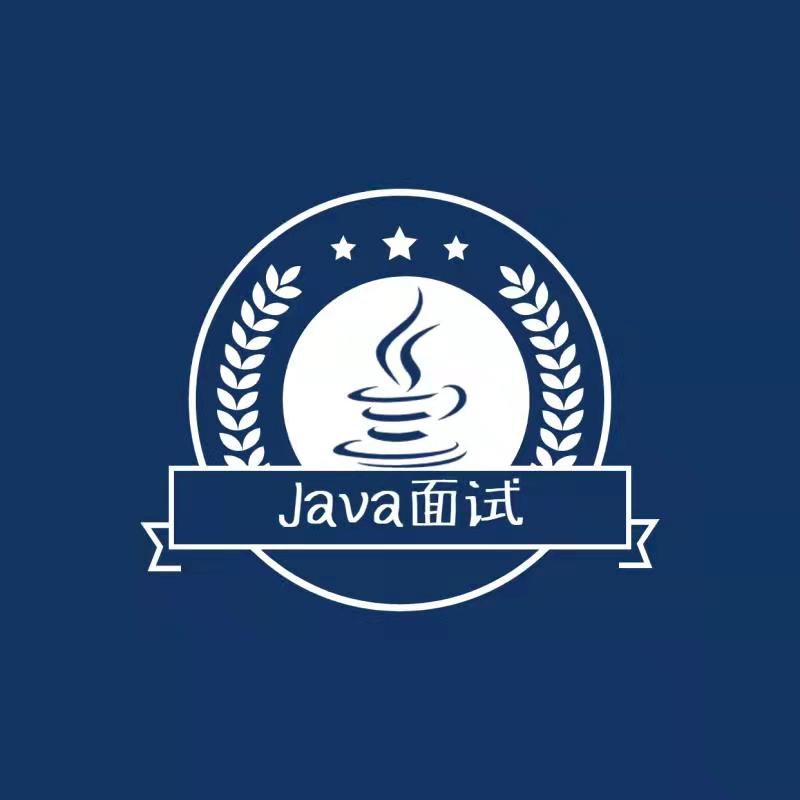问答题【659/1053】流一般需要不需要关闭,如果关闭的话在用什么方法,一般要在那个代码块里面关闭比较好,处理流是怎么关闭的,如果有多个流互相调用传入是怎么关闭的?
参考答案:
流的关闭是非常重要的,因为如果流没有正确关闭,可能会导致资源泄漏(如文件句柄、网络连接等无法释放)。对于 Java IO 流,一般建议在使用完流之后关闭它们以释放相关资源。
1. 流需要关闭吗?
是的,流需要关闭。无论是 文件流、网络流 还是 内存流,它们都占用系统资源(如文件句柄、内存等)。如果流没有被正确关闭,可能导致 资源泄漏,影响系统的稳定性和性能。因此,在使用完流后,必须显式地关闭它。
2. 关闭流的方法
Java 提供了几种关闭流的方法:
-
close()方法:流类(如InputStream、OutputStream、Reader、Writer)都实现了close()方法,这个方法用于关闭流并释放相关资源。1inputStream.close(); 2outputStream.close(); 3reader.close(); 4writer.close();
3. 最佳关闭流的代码块
使用 try-with-resources(推荐方式)
从 Java 7 开始,Java 引入了 try-with-resources 语法,它确保了在代码块结束时,所有实现了 AutoCloseable 接口的资源(如流、数据库连接等)都会自动关闭,不需要显式调用 close() 方法。
-
自动关闭流:
try-with-resources会自动调用流的close()方法,即使在发生异常时也会关闭流。1try (InputStream inputStream = new FileInputStream("file.txt"); 2 OutputStream outputStream = new FileOutputStream("output.txt")) { 3 // 使用流进行操作 4} catch (IOException e) { 5 // 处理异常 6} 7// 自动关闭流,无需手动调用 inputStream.close() 和 outputStream.close()
在 try 语句中,资源是 声明 的,而当 try 块结束时,系统会自动关闭这些资源。这样即使在操作中发生异常,也能确保资源的正确关闭。
使用 finally 代码块(旧的方式)
在没有 try-with-resources 的情况下,传统的做法是使用 finally 代码块来关闭流,确保即使发生异常时也能关闭流。
1InputStream inputStream = null; 2OutputStream outputStream = null; 3try { 4 inputStream = new FileInputStream("file.txt"); 5 outputStream = new FileOutputStream("output.txt"); 6 // 使用流进行操作 7} catch (IOException e) { 8 // 处理异常 9} finally { 10 // 确保流关闭 11 if (inputStream != null) { 12 try { 13 inputStream.close(); 14 } catch (IOException e) { 15 e.printStackTrace(); 16 } 17 } 18 if (outputStream != null) { 19 try { 20 outputStream.close(); 21 } catch (IOException e) { 22 e.printStackTrace(); 23 } 24 } 25}
4. 如何处理流的关闭
处理流的关闭时,需要注意以下几个要点:
-
避免重复关闭:如果流已经关闭,再次调用
close()会抛出IOException。因此,应该确保流只有在首次打开时才关闭。1if (inputStream != null) { 2 try { 3 inputStream.close(); 4 } catch (IOException e) { 5 e.printStackTrace(); 6 } 7} -
流的顺序关闭:如果你有多个流嵌套使用(如
BufferedReader包装FileReader),应该从最内层的流开始关闭,即首先关闭最深层的流,最后关闭最外层的流。1try (BufferedReader reader = new BufferedReader(new FileReader("file.txt"))) { 2 // 使用 reader 进行操作 3} catch (IOException e) { 4 e.printStackTrace(); 5}
在上面的代码中,BufferedReader 是包装了 FileReader,当 try-with-resources 结束时,reader 会自动关闭,FileReader 也会被关闭。关闭顺序是从外层(BufferedReader)到内层(FileReader)。
5. 多个流互相调用传入时的关闭
当多个流互相调用并传入时,需要确保所有流都得到正确关闭,尤其是在流被传递给方法或多个方法调用时。无论是直接关闭流还是通过 try-with-resources,都应当在适当的代码块中关闭。
-
流传递示例:
如果有多个流传递给不同的方法,可以在外层方法中使用
try-with-resources来保证所有流在使用后都会被正确关闭。1public void processFile(String inputFile, String outputFile) { 2 try (InputStream inputStream = new FileInputStream(inputFile); 3 OutputStream outputStream = new FileOutputStream(outputFile)) { 4 5 // 传递流到其他方法 6 copyData(inputStream, outputStream); 7 } catch (IOException e) { 8 e.printStackTrace(); 9 } 10} 11 12public void copyData(InputStream inputStream, OutputStream outputStream) throws IOException { 13 byte[] buffer = new byte[1024]; 14 int length; 15 while ((length = inputStream.read(buffer)) != -1) { 16 outputStream.write(buffer, 0, length); 17 } 18}
在这种情况下,流会通过方法参数传递,try-with-resources 确保了流在处理完之后被关闭。
最近更新时间:2024-12-24
